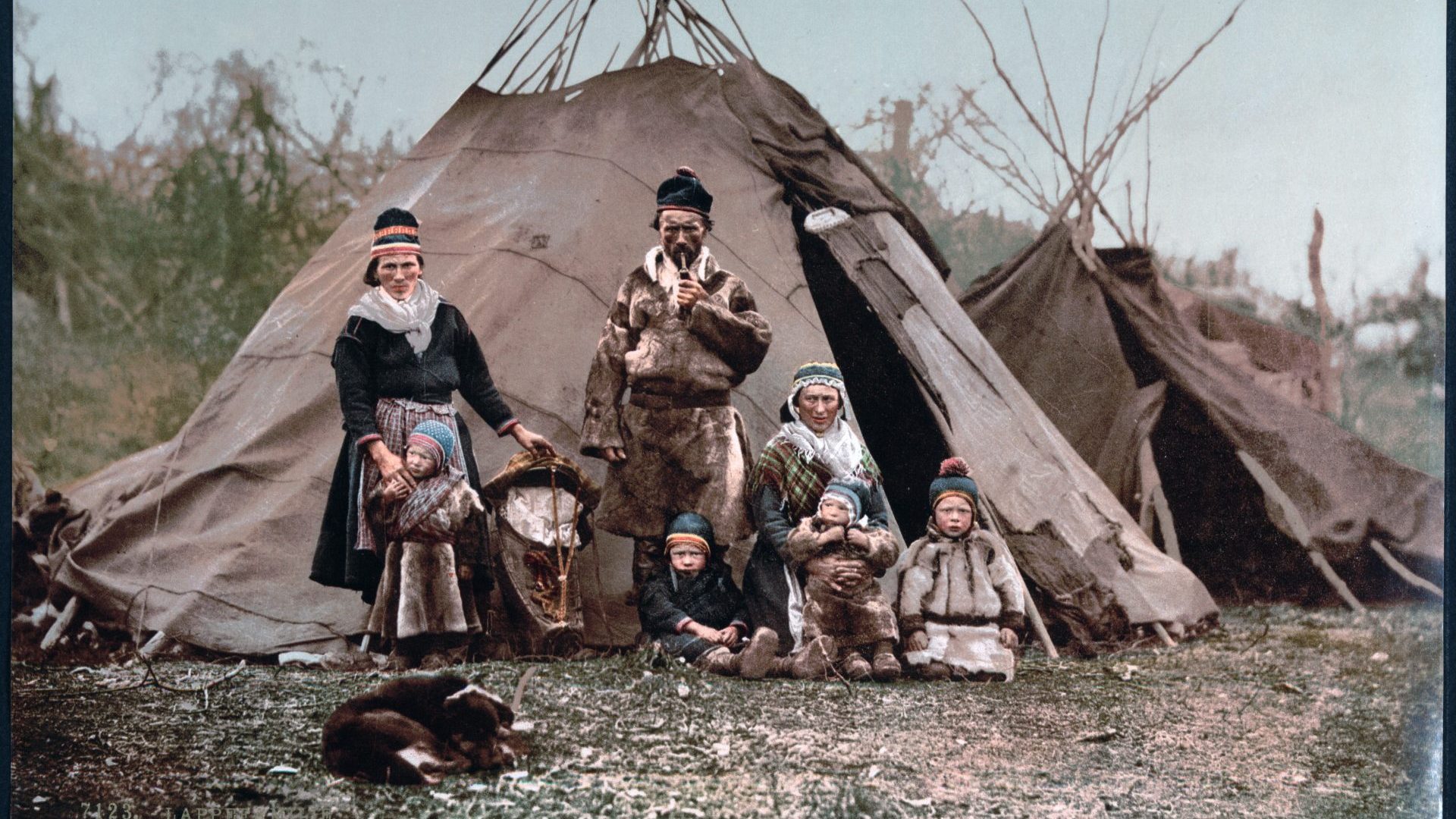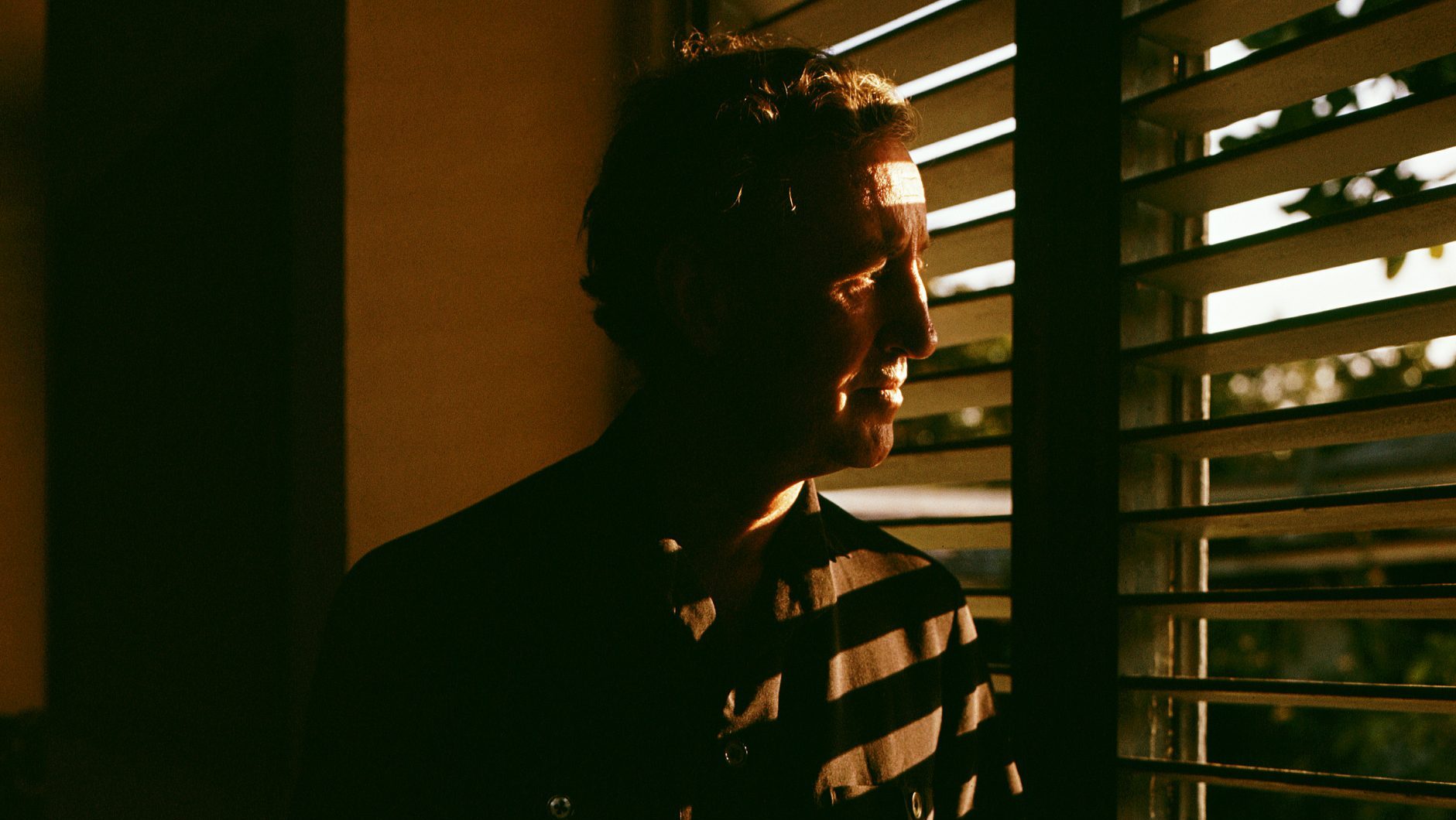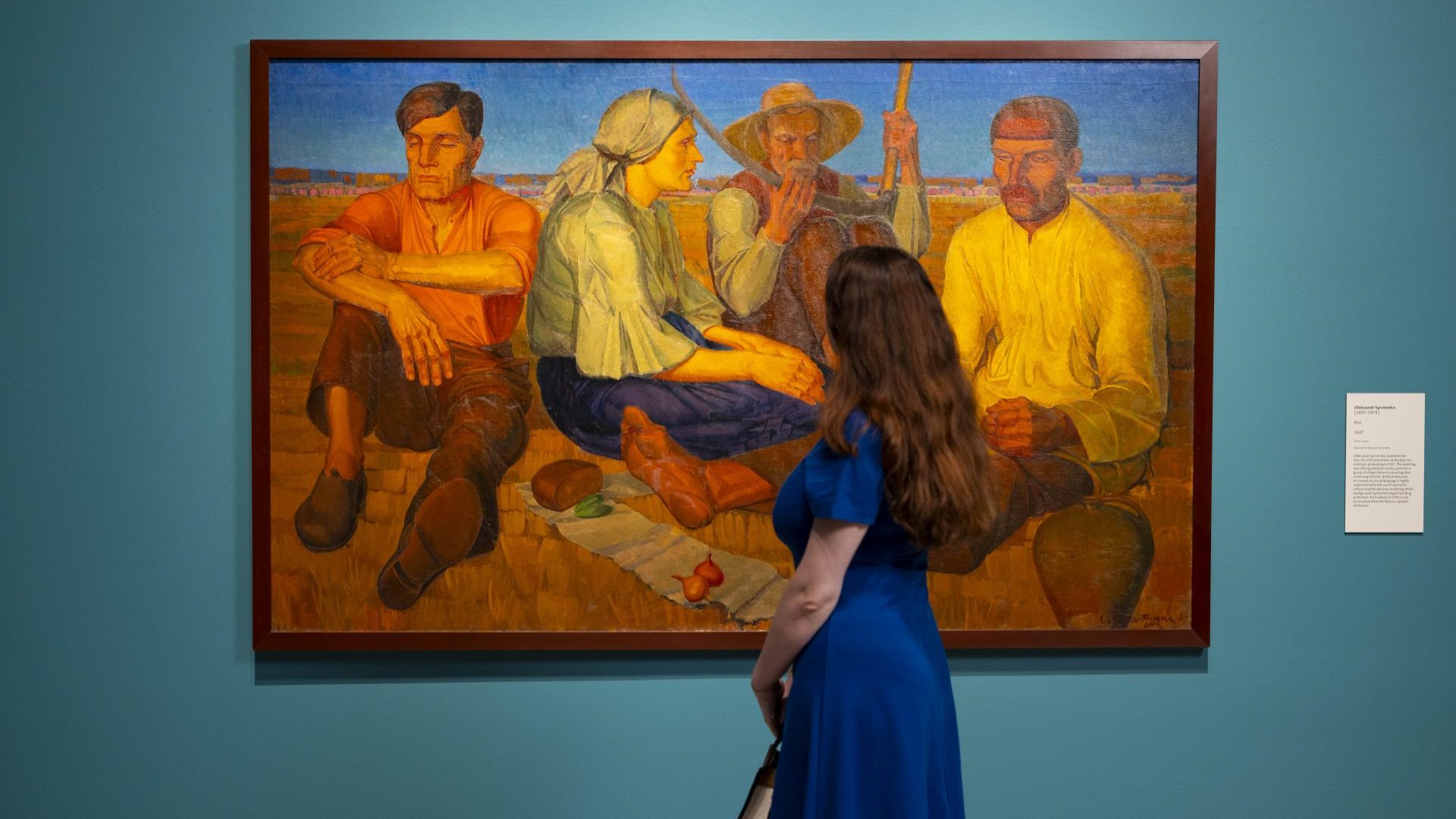The widest landscapes beneath the largest skies can still be claustrophobic. Perhaps the awareness of isolation, being tiny in something so vast, intensifies the sense of restriction, creating a pressure that can work its way into even the tiniest fissures of vulnerability.
In Europe, the farther north you go the larger and wilder the landscape becomes, never more so than when winter snows cloak landmarks and deaden the air to silence.
Hanna Pylväinen’s new novel The End of Drum Time takes us to that far north, to Gárasavvon, a tiny settlement in that confluence of Russia, Finland, Sweden and Norway over which the Sámi have ranged for as long as time, the region they call Sápmi.
This is reindeer country, dark for a portion of the year and largely inhospitable to those not versed in its rhythms and routines. Pylväinen transports us back to the Sápmi of the early 1850s when the Lutheran minister Lars Levi Laestadius is seeking converts to his brand of Christianity while coaxing them away from the bottle. “The Devil’s piss” he calls it, a relatively recent arrival on which many have come to depend since settlers brought it with them from the south.
Laestadius, a real historical figure, ministers to a shade over 800 parishioners spread over a 100-mile radius and has gained some degree of success in his mission, many Sámi skiing or sledging long distances through the winter dark to attend Sunday worship.
His teenage daughter Willa, however, who has known little else than relentless remoteness, is aware of the pitfalls of their environment.
“They were entrapped by emptiness – it was like being at sea – the snow might as well have been ocean and they a caravan of small weary boats adrift,” she thinks. “It was true what the Lapps said, it was always better to move than to stay; staying only fortified your sense of loneliness, that no visitors would ever come, that you were the only human life.”
The End of Drum Time opens dramatically, at a church service interrupted by the arrival of Biettar, a leading Sámi reindeer herder and alcoholic who has so far resisted the call of the Lord. When Biettar falls to his knees in the aisle and rapturously becomes saved, it coincides with an earthquake, the herder’s cries and gestures accompanied by a vigorous rumbling and shaking from deep within the land.
From this gripping beginning, Pylväinen constructs an intricate, immersive novel that weaves together a series of conflicts thrown into sharper relief by remoteness, of time and setting. Cultures and traditions butt against each other, divisions open within families and communities, modernity attempts to eclipse old ways, the cat of capitalism is set among the pigeons of a society with its own established methods of exchange while the ripples of decisions made by distant politicians exacerbate tensions.
In the mid-19th century, what are now Sweden and Norway were effectively united under a Swedish king while Finland was a Russian Grand Duchy and Gárasavvon sat right on the border. This far north, however, borders are notional at best.
As Pylväinen writes, the Gárasavvon settlement “sat on the Swedish side of the banks of the Tornio River, the path of which demarcated the border between Sweden and Russia; as such you could stand at the church doors in Sweden and wave to someone in Russia, when in all likelihood that person would not really be Russian, but Finnish, unless, of course, the person was Sámi – which was then statistically more likely than an ethnic Finn this far north.”
Rarely are our arbitrary geopolitical borders more exposed as ridiculous than in the place once known as Lapland, a region where the indigenous people suffered the bigoted arrogance of outsiders behaving as if they were somehow entitled to rule while pointing at invisible boundaries. They imposed new systems of trade, society and religion alien to the landscape, struggling to adjust to conditions, stricken by their own ignorance, flaws and fallibilities while still asserting a warped kind of superiority.
“The Norwegians and the Swedes, and the Finns, and thus all of Europe, and later all the world, called them the Lapps (lapp from an old and half-forgotten word for “patch”, a reference to their perceived poverty) and they called Sápmi Lapland, and they pointed to the heavy drinking as proof of their assumptions,” Pylväinen writes. “Such gross caricatures ignored the fact that the settlers of the region from every parentage and path drank at similar rates to the Sámi; the great difference was the Sámi were more likely to be punished for their drinking by the authorities.”
The local store, run by an ineffectual Swedish incomer named Henrik who arrived escaping a scandal, imposes inequality by giving credit to the Sámi, mostly for alcohol, that both sides know can never be repaid.
Laestadius is a rare bridge between communities. Having a Swedish father and a Sámi mother increases the plausibility of his idiosyncratic evangelism and his noisy services, where members of the congregation cry out and fall into trances during his sermons, bring disapproval from church authorities down south.
Into this stew of communities, ideologies and prejudices is added romance, with all its joys and heartbreaks. The novel revolves around the cross-cultural relationship between Willa and Ivvár, a Sámi reindeer herder and the son of Biettar. Pylväinen writes their early encounters wonderfully, exploring the innocence, hope, yearning and anxieties of early attraction.
Add in Risten, eligible daughter of another Sámi herding family who has her eye on Ivvár, and tensions are ratcheted further, especially when Willa pitches in her lot with the Sámi and follows Ivvár to the reindeer’s summer feeding grounds on the northern coast of Norway.
All these narratives are intensified by the isolation of location. When Lorens, the baby son of Laestadius and his wife Brita, falls dangerously ill, going to fetch the doctor involves a round trip of at least three days. Willa’s decision to follow Ivvár comes from the realisation that his departure with the summer migration means no contact for months.
This web of tension is pulled skilfully taut by Pylväinen, who was herself raised in a Laestadian community. She conjures a vividly believable 19th-century Sápmi expressed in exquisite description.
When Willa looks out across the reindeer herd it inspires a beautiful evocation of the winter light playing on the snow, of “the blue and purple veins, and the twilight’s orange picked up by the green left in the pines… everything fulsome with colour and depth, even if, at first, the sensation was simply one of whiteness”.
These passages do not come about by chance: while researching the novel the Philadelphia-based author spent months living among Sámi herders. “I learned how to beat shoe grass,” she told America’s National Public Radio in reference to the insulation the Sámi place inside their footwear. “I learned how to wrestle a reindeer calf to the ground. I learned how to earmark the calves. I went out in minus 40 degrees. And I think, more than anything, although I did a tremendous amount of research at various fellowships and libraries, it was the time with the reindeer herders that made the biggest difference.”
Hence when Willa begins learning the Sámi way of life, marking the reindeer, recognising which calves belong to which mothers, there is a tangible authenticity to her sense of being an outsider.
This otherness is what knits The End of Drum Time together most effectively. The incomers and settlers have arrived with secrets, washing up at the end of a continent with individual vulnerabilities, stories left unfinished as they seek escape, internalised trauma piling tension upon tension to the events that stoke the novel’s thrillingly dramatic climax.
The pacing drags slightly on occasion, and while the modern-style dialogue works most of the time the occasional Americanism grates on an Anglophonic ear (it’s hard to imagine a 19th-century Sámi herder exclaiming “enough already”), but of the book’s many strengths it is the ridiculous arbitrary nature of borders that shines through.
During the summer migration, the herders arrive at a regular grazing spot to find some Swedes have settled there and are growing crops in the pastures, crops the reindeer proceed to devour. The fact the Swedes “had settled on the land and had papers to prove it” meant little to the Sámi and less to the reindeer. The following year the Sámi return to find the surrounding fields burnt in a petty act of territorialism and revenge.
The Sámi are concerned when Russia closes the border between Finland and Sweden, blocking the reindeer migrations crucial to the herds’ survival until they realise that –beyond deploying thousands of soldiers the length of the invisible border – there is no way their movements can be interrupted.
Henrik’s Uncle Frans, a festering tangle of arrogance, avarice and prejudice, talks of how the Sámi “came across as innocent and simple, practically primitive, but when you got down to it they were very crafty… they lived in the wilderness and the wilderness lived in them”.
Ivvár becomes effectively the voice of reason, in some ways the voice of Europe itself. When Willa clumsily refers to him as a Finn he replies, “Well, I live in Finland in winter. That doesn’t make me a Finn, any more than it makes the Finns Russian because their land is called Russia, no?”
He laments how the Christian settlers disrupted the Sámi’s ancient shamanistic rituals, of how “they burned the drums, or brought them to their homes and put them on their walls, I don’t know. The time before this, we call it drum time. The time after this we call when one had to hide the drums. The end of drum time.”
While The End of Drum Time is broadly a Romeo and Juliet-style romance across the divides, Pylväinen has produced a wonderful novel with much to say about borders, imperialism, religion and bigotry that throws light on events taking place on our continent today, its eloquent voices calling from the farthest latitudes and arriving on the chill winds of time.
The End of Drum Time by Hanna Pylväinen is published by Swift Press, price £14.99




